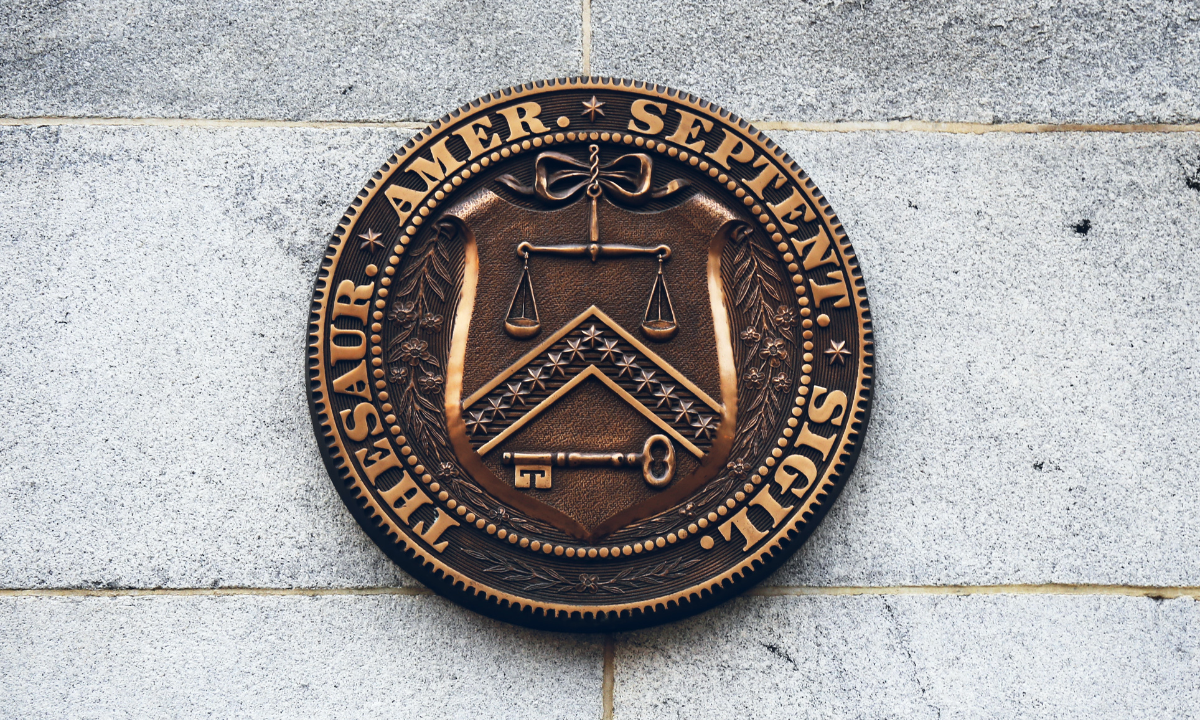COVID-19 has showcased the good and bad of the U.S. payments system. On one hand, rapid innovation in remote payments, especially from 2020 onward, speaks to its adaptability, as do the variety of user-friendly digital payment tools available on smartphones. On the other, it can take days for money travel from one person’s bank account to another’s, and sending money internationally is slow and expensive. Moreover, lower-income Americans and communities of color lack access to affordable banking services and often do not get to enjoy the range of payment options needed to fully participate in our increasingly digitized economy. Today, a new Report co-authored by a leading scholar in digital assets and senior payment policy experts explores how stablecoins and central bank digital currencies (CBDCs) could address issues of financial exclusion and provide the U.S. with economic benefits that other countries already take for granted.
The Report, “The Importance of Payments and the Evolution of Stablecoins and CBDCs in the Global Economy,” is co-authored by Yesha Yadav, Milton R. Underwood Chair Professor of Law and Associate Dean at Vanderbilt Law School, Jose Fernandez da Ponte, Senior Vice President of the Blockchain, Crypto and Digital Currencies at PayPal, and Amy Davine Kim, Director and Head of Government Relations and Policy at PayPal. The Report unpacks how stablecoins and CBDCs can address financial inequalities and inefficiencies in the U.S. payment system and examines policy pathways for how they can be regulated effectively and safely.
“The U.S. plays an essential economic role in a rapidly digitizing global financial and monetary system. We need an efficient, inclusive, and world-leading payments system to maintain that role,” said Yadav.
“Stablecoins and CBDCs have the potential to help us realize that type of system if we consider the opportunities and risks and regulate accordingly. This Report offers policymakers and the industry a measured analysis and roadmap to leveraging digital assets in a way that can be useful for society.”
The Report starts with an analysis of the current positives and drawbacks of the U.S. payments system, followed by a look at how stablecoins and CBDCs can address specific challenges. Possible solutions include:
- CBDC accounts that function as low-frills savings and checking accounts that allow everyone access to basic financial services and facilitate tailored and efficient transmission of specific types of payments (e.g., stimulus payments, government benefits) and monetary policy
- Stablecoins held on digital wallets could promote financial inclusion and increase the speed at which money can be sent abroad
- Stablecoins could also enhance the speed of Business-2-Business (B2B) payments, helping companies maintain accurate financials and avoid late payments and associated fees
“There’s real potential for both of these digital technologies, working together and separately, to increase access for the underserved and improve the efficiency of payments within the United States,” said Yadav.
The Report concludes with list of questions and considerations for policymakers seeking to design a fast, highly usable, and well-regulated payments system for the digital age. Determining what types of entities can issue stablecoins and distribute CDBC wallets, how they should maintain their safety and soundness, and the roles of state and federal agencies within stablecoin and CBDC oversight are just a few of the points discussed in the Report.
“We’re asking questions that, sooner or later, will need to be answered to provide the kinds of payment services Americans want and deserve,” said Yadav. “This Report seeks to move the discussion forward and offers tangible, common-sense proposals and considerations for reform.”

